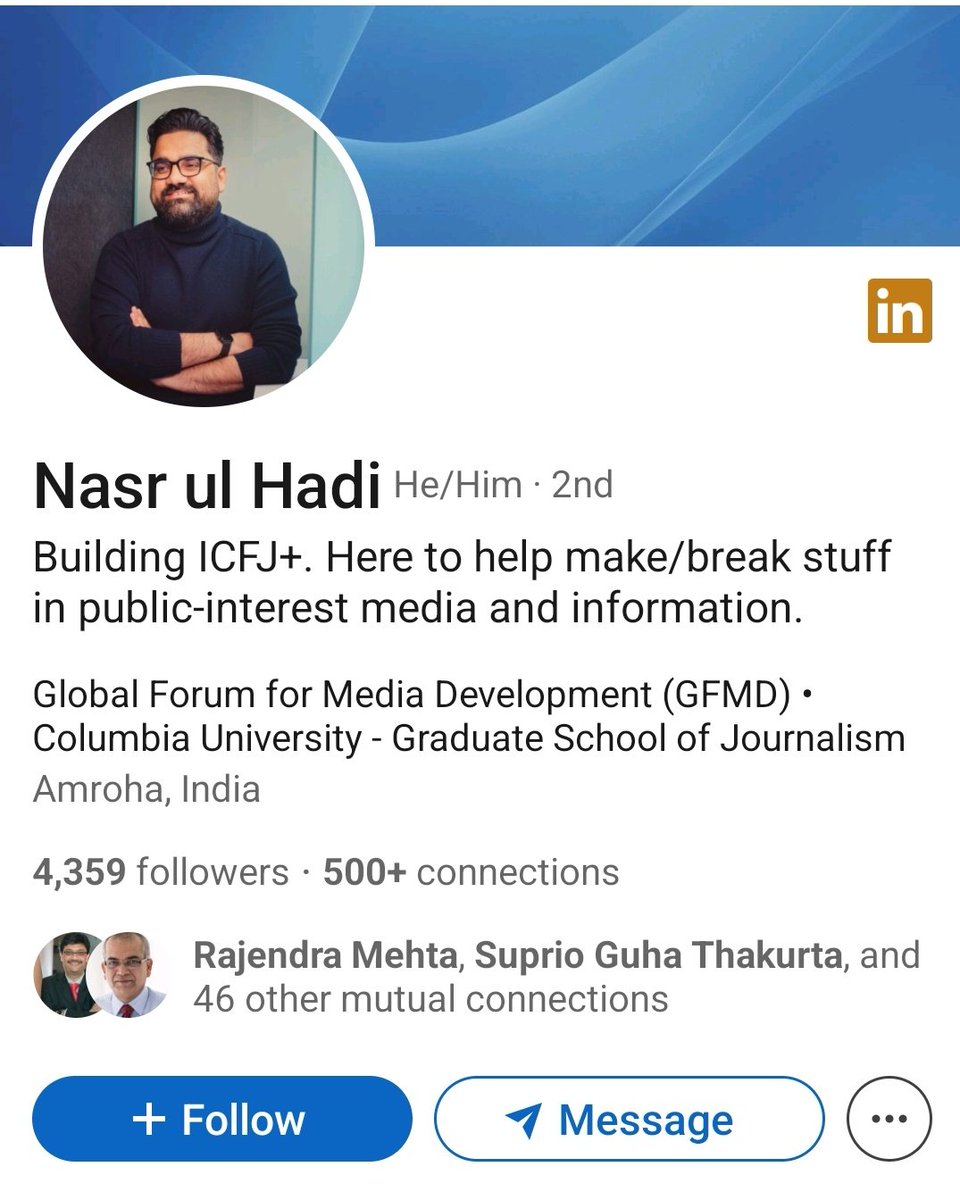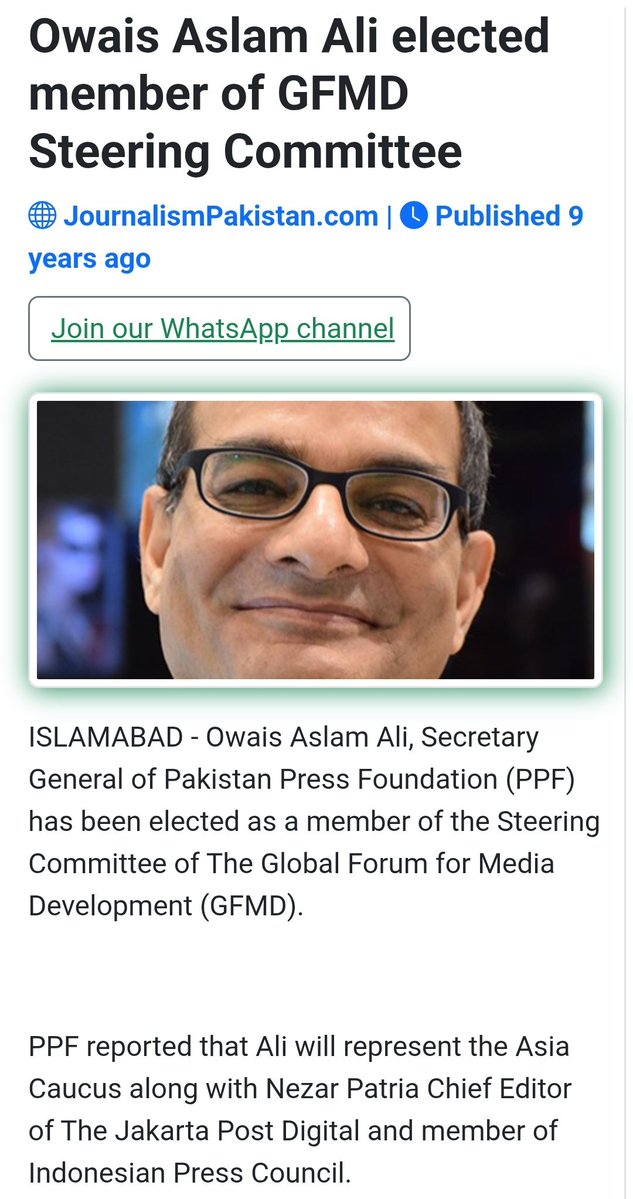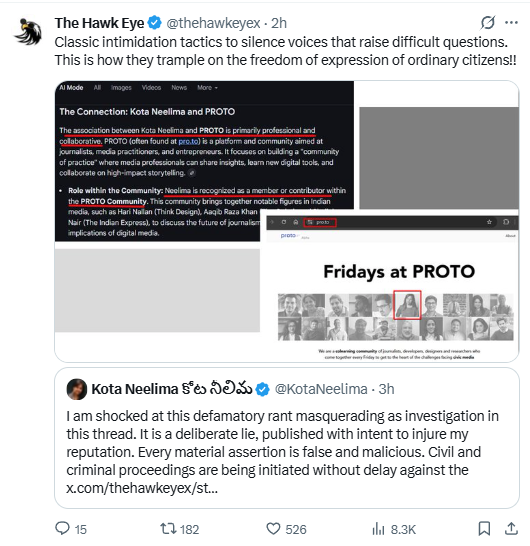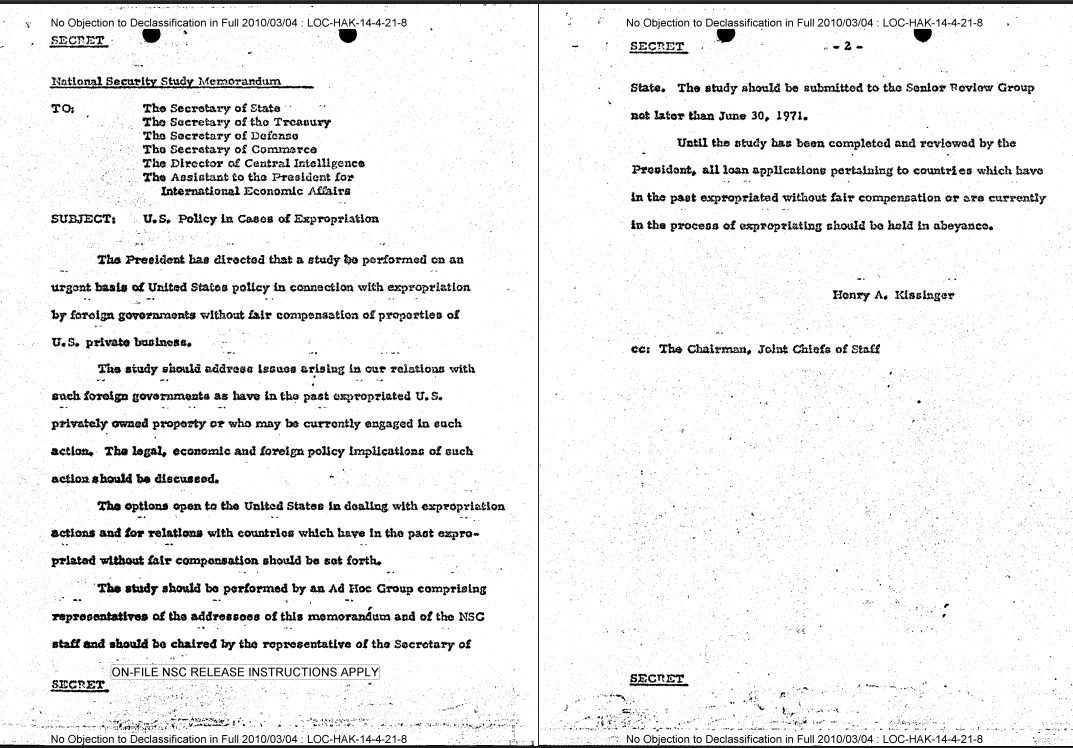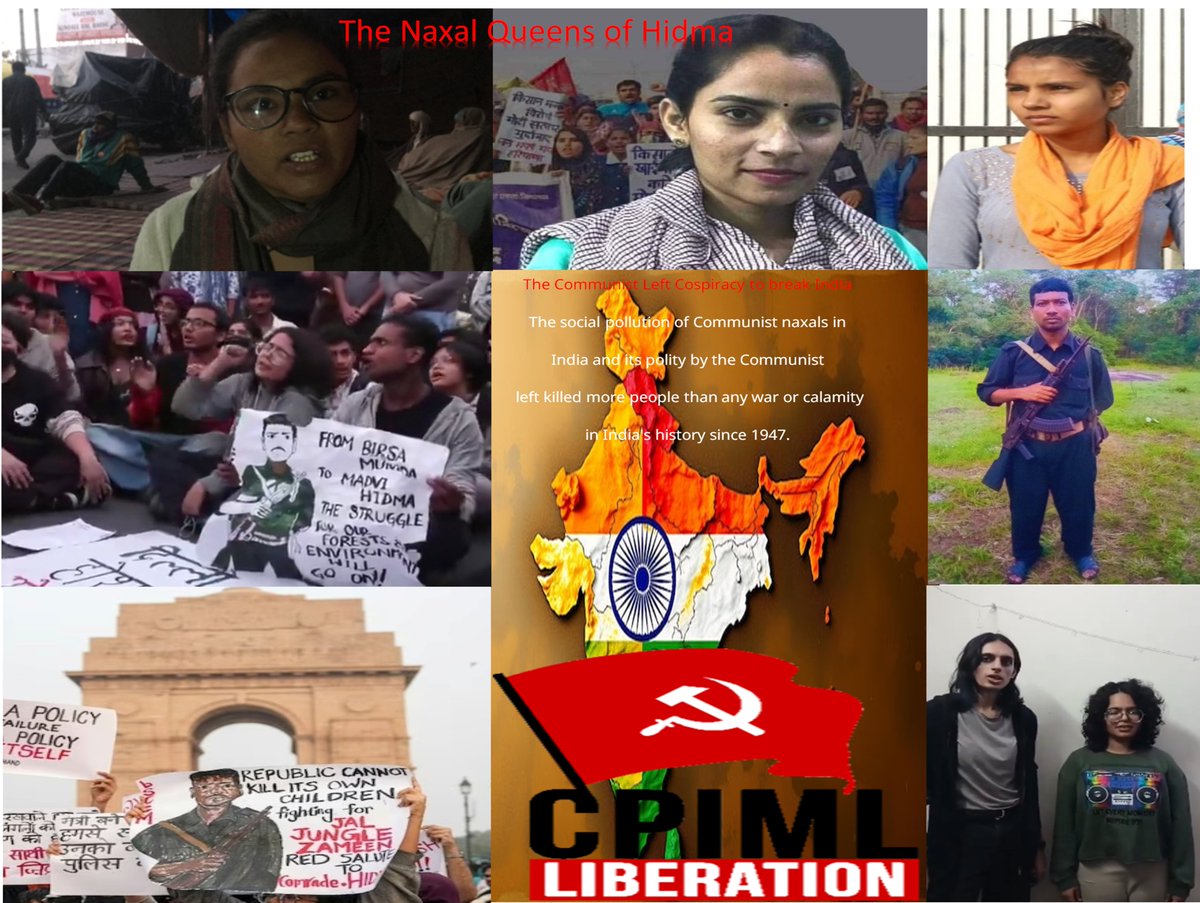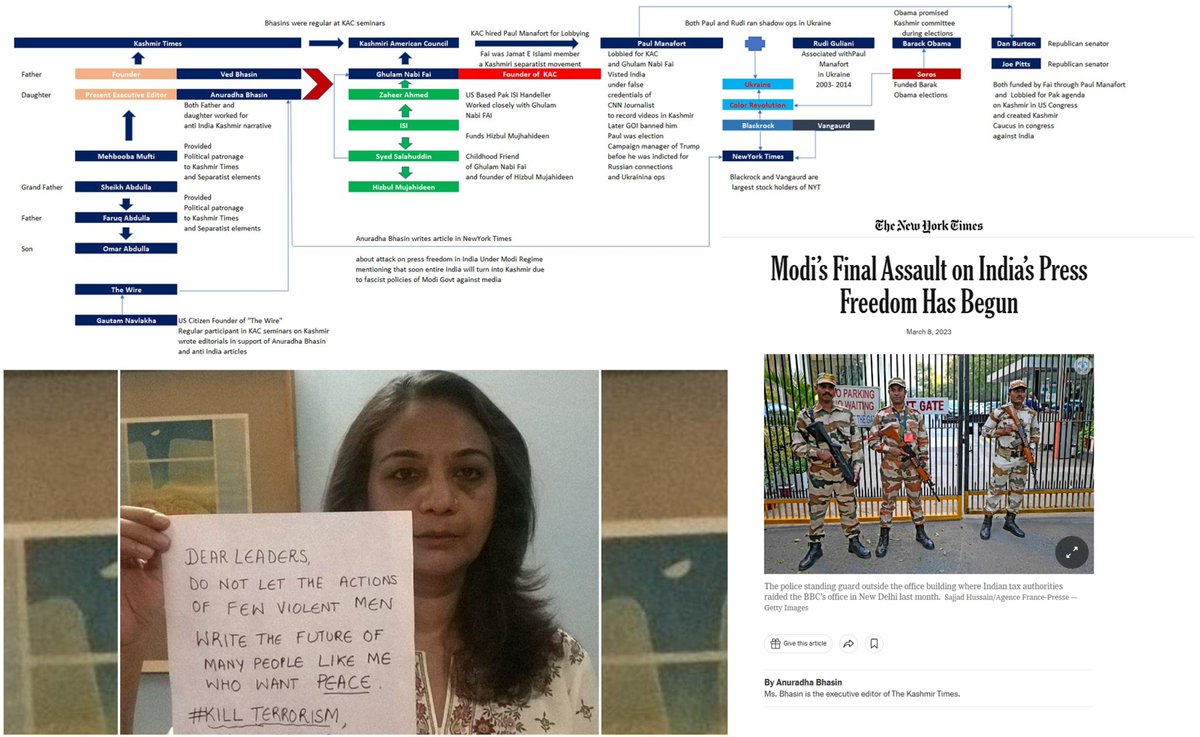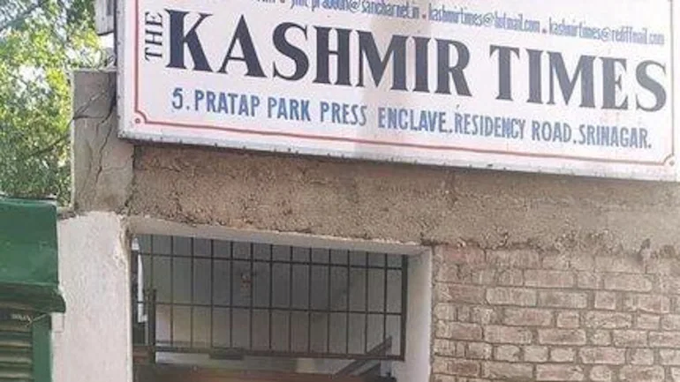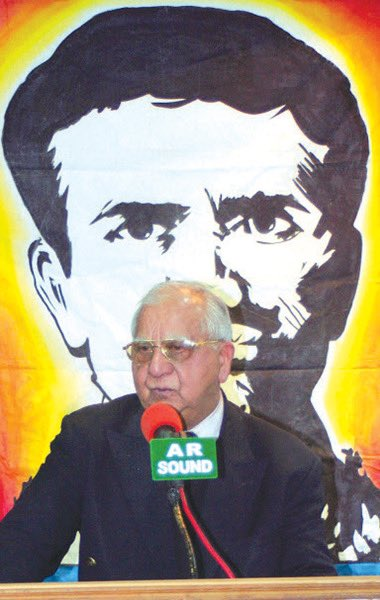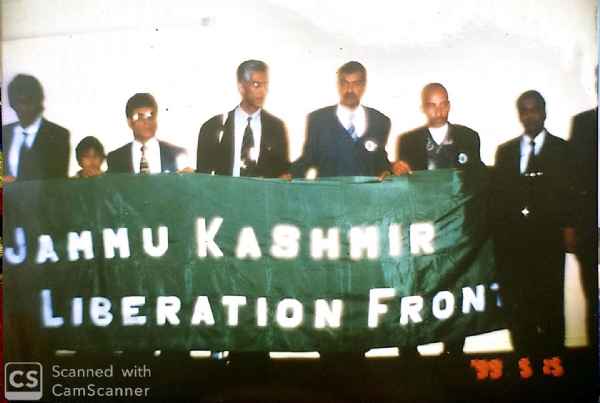Operation Paperclip
The Mother of CIA Cold War Biological and Psychological Warfare and NASA Space Programme
Allied Armies including the US said that they have defeated the Nazis!!
Nuremberg Trial prosecuted only 104 Nazi Officers and leaders for the war… twitter.com/i/web/status/1…
The Mother of CIA Cold War Biological and Psychological Warfare and NASA Space Programme
Allied Armies including the US said that they have defeated the Nazis!!
Nuremberg Trial prosecuted only 104 Nazi Officers and leaders for the war… twitter.com/i/web/status/1…

1. Operation Barbarossa - The Cliffhanger of WW2 Germany which started the decline of Hitler and the 3rd Reich
Operation Barbarossa was the code name for the WW2 European Axis powers invasion of the Soviet Union during World War 2. It began on 22 June 1941. More than 3 million… twitter.com/i/web/status/1…
Operation Barbarossa was the code name for the WW2 European Axis powers invasion of the Soviet Union during World War 2. It began on 22 June 1941. More than 3 million… twitter.com/i/web/status/1…

2. The Osenberg List - A roll call of the Death
In the latter half of the Second World War, it was becoming increasingly clear that the German state was weakening. The fallout from the attempted, failed German invasion of the Soviet Union under Operation Barbarossa, was a major… twitter.com/i/web/status/1…
In the latter half of the Second World War, it was becoming increasingly clear that the German state was weakening. The fallout from the attempted, failed German invasion of the Soviet Union under Operation Barbarossa, was a major… twitter.com/i/web/status/1…

3. The Breakfast of the Vultures
The scraps of the top-secret Osenberg List were later recovered somewhat mysteriously by a Polish scientist, who found them stuffed into a toilet at Bonn University. Eventually, the names recovered from this list were communicated to MI6, the… twitter.com/i/web/status/1…
The scraps of the top-secret Osenberg List were later recovered somewhat mysteriously by a Polish scientist, who found them stuffed into a toilet at Bonn University. Eventually, the names recovered from this list were communicated to MI6, the… twitter.com/i/web/status/1…

4. Most famous public loot of science in the history of mankind started under the pretext of repatriations - The Yalta Conference
At the end of World War II the Soviet Union had been devastated by Nazi Germany, with 27 million people killed, 1,700 cities destroyed and agriculture… twitter.com/i/web/status/1…
At the end of World War II the Soviet Union had been devastated by Nazi Germany, with 27 million people killed, 1,700 cities destroyed and agriculture… twitter.com/i/web/status/1…

5. Nazi Feast of Vultures
A race between the Allies developed to acquire as many scientists and engineers as possible, particularly nuclear physicists needed for the development of nuclear weapons, followed by Rocket Technology, such as the V2 Missile ('Retaliation Weapon 2') and… twitter.com/i/web/status/1…

A race between the Allies developed to acquire as many scientists and engineers as possible, particularly nuclear physicists needed for the development of nuclear weapons, followed by Rocket Technology, such as the V2 Missile ('Retaliation Weapon 2') and… twitter.com/i/web/status/1…


6. The public loot of science sponsored by the state
After the Germans surrendered, skilled workers, documents, laboratories, and materials were shipped abroad to the western zones of occupation. Among these, is the "abduction of German nuclear physicists to Farm Hall" as a part… twitter.com/i/web/status/1…
After the Germans surrendered, skilled workers, documents, laboratories, and materials were shipped abroad to the western zones of occupation. Among these, is the "abduction of German nuclear physicists to Farm Hall" as a part… twitter.com/i/web/status/1…
7. The snoopy science of Atomic Bomb
German Nazi Nuclear scientists were interned at Farm Hall, a bugged house in Godmanchester, near Cambridge, England, from July 3, 1945, to January 3, 1946. The primary goal of the program was to determine how close Nazi Germany had been to… twitter.com/i/web/status/1…
German Nazi Nuclear scientists were interned at Farm Hall, a bugged house in Godmanchester, near Cambridge, England, from July 3, 1945, to January 3, 1946. The primary goal of the program was to determine how close Nazi Germany had been to… twitter.com/i/web/status/1…

8. A cold shower no one wanted to have
Soviet Forces recruited/ (kidnapped, as recruitment often came at gunpoint) more than 2,500 former Nazi specialists delivered to Soviet firms following the war.
Some notable Nazi scientists or engineers recruited by the Soviet Union include… twitter.com/i/web/status/1…
Soviet Forces recruited/ (kidnapped, as recruitment often came at gunpoint) more than 2,500 former Nazi specialists delivered to Soviet firms following the war.
Some notable Nazi scientists or engineers recruited by the Soviet Union include… twitter.com/i/web/status/1…

9. Project Overcast - The as-usual US stealing under the pretext of saving the world
Aware of this threat to their lives, as well as the Allies’ interest in their work, a team of top German and Austrian scientists who had developed the V-2 rocket system, including Wernhern von… twitter.com/i/web/status/1…
Aware of this threat to their lives, as well as the Allies’ interest in their work, a team of top German and Austrian scientists who had developed the V-2 rocket system, including Wernhern von… twitter.com/i/web/status/1…

10. Operation PaperClip - Import of everything Nazi to the US
What was earlier known as Operation Overcast, U.S. Army officers dubbed that mission "Operation Paperclip" because of the paperclip they attached to the folders of the experts they wanted to relocate to America. Once… twitter.com/i/web/status/1…
What was earlier known as Operation Overcast, U.S. Army officers dubbed that mission "Operation Paperclip" because of the paperclip they attached to the folders of the experts they wanted to relocate to America. Once… twitter.com/i/web/status/1…

11. The shadows kept working under the Light of the lamps
In response to this growing competition between the US and the USSR, Operation Paperclip, a top-secret U.S. Intelligence programme, was officially created as part of directive SWNCC 257/22.
President Harry S. Truman… twitter.com/i/web/status/1…
In response to this growing competition between the US and the USSR, Operation Paperclip, a top-secret U.S. Intelligence programme, was officially created as part of directive SWNCC 257/22.
President Harry S. Truman… twitter.com/i/web/status/1…

12. The most famous public lies ever stated
Despite the mandate from the US President not to hire any German with Nazi ties, when the JIOA realized that many of the men they wanted off the Osenberg List were Nazi sympathizers, they found a way to circumvent the law. The JIOA… twitter.com/i/web/status/1…
Despite the mandate from the US President not to hire any German with Nazi ties, when the JIOA realized that many of the men they wanted off the Osenberg List were Nazi sympathizers, they found a way to circumvent the law. The JIOA… twitter.com/i/web/status/1…

13. Hello...This is the USA and we are here to rescue you
Separate from Paperclip was an even-more-secret effort to capture German nuclear secrets, equipment, and personnel (Operation Alsos). Another American project (Operation TICOM) gathered German experts in cryptography. The… twitter.com/i/web/status/1…
Separate from Paperclip was an even-more-secret effort to capture German nuclear secrets, equipment, and personnel (Operation Alsos). Another American project (Operation TICOM) gathered German experts in cryptography. The… twitter.com/i/web/status/1…

14. NASA means "To Deceive" and it did
Of the thousands of Nazis given safe haven, hundreds of the elite scientists were deployed at White Sands Proving Ground, New Mexico, Fort Bliss, Texas, and Huntsville, Alabama to work on guided missile and ballistic missile technology. This… twitter.com/i/web/status/1…

Of the thousands of Nazis given safe haven, hundreds of the elite scientists were deployed at White Sands Proving Ground, New Mexico, Fort Bliss, Texas, and Huntsville, Alabama to work on guided missile and ballistic missile technology. This… twitter.com/i/web/status/1…


15. NASA - A birthday celebrated over the dead bodies
NASA was founded in the year 1958 AS A RESPONSE TO the LAUNCH OF THE SPUTNIK SATTELITE BY THE USSR. This has been dubbed as "Sputnik Crisis" in the circles of the US Govt.
If you look up the origin of the word “NASA” in Hebrew… twitter.com/i/web/status/1…
NASA was founded in the year 1958 AS A RESPONSE TO the LAUNCH OF THE SPUTNIK SATTELITE BY THE USSR. This has been dubbed as "Sputnik Crisis" in the circles of the US Govt.
If you look up the origin of the word “NASA” in Hebrew… twitter.com/i/web/status/1…

16. The snake and The Sanke Charmers
The red line through the NASA logo is said to be a serpent's tongue. The serpent in the bible is the snake that deceived Eve to eat the forbidden fruit. The word “NASA” (pronounced nasha) in Hebrew means to deceive. The serpent's tongue… twitter.com/i/web/status/1…
The red line through the NASA logo is said to be a serpent's tongue. The serpent in the bible is the snake that deceived Eve to eat the forbidden fruit. The word “NASA” (pronounced nasha) in Hebrew means to deceive. The serpent's tongue… twitter.com/i/web/status/1…

17. Snakes and their poison - Famous Nazi science inventions stolen by the US under Operation Paperclip:
(a)There might not have been aNASA Apollo program to land on the moon without "Operation Paperclip" and Nazi science breakthroughs
Saturn V, in case you are not aware, was the… twitter.com/i/web/status/1…
(a)There might not have been aNASA Apollo program to land on the moon without "Operation Paperclip" and Nazi science breakthroughs
Saturn V, in case you are not aware, was the… twitter.com/i/web/status/1…

17 (a) After The Moon Landing, Nazi Ss Member, And then Nasa Head, Wernher Von Braun Was Paraded On The Shoulders Of Americans In The Streets Celebrating The Monumental Achievements Of Nasa.
PIC Credit: @Thekeksociety
PIC Credit: @Thekeksociety

@Thekeksociety 18. Snakes and their poison - Famous Nazi science inventions stolen by the US under Operation Paperclip:
(b) Swept-wing aircraft design created because of the operation paperclip
While angled wings of this kind have existed since the early days of flight, the high angles seen in… twitter.com/i/web/status/1…
(b) Swept-wing aircraft design created because of the operation paperclip
While angled wings of this kind have existed since the early days of flight, the high angles seen in… twitter.com/i/web/status/1…

@Thekeksociety 19. Snakes and their poison - Famous Nazi science inventions stolen by the US under Operation Paperclip:
(C) "Space Medicine" was created by a German scientist who was later brought to the US through Operation Paperclip
"Operation Paperclip" is also responsible for the field of… twitter.com/i/web/status/1…
(C) "Space Medicine" was created by a German scientist who was later brought to the US through Operation Paperclip
"Operation Paperclip" is also responsible for the field of… twitter.com/i/web/status/1…

@Thekeksociety 20. Snakes and their poison - Famous Nazi science inventions stolen by the US under Operation Paperclip:
Solar-powered satellites owe their origins to German scientists relocated after WW2
A highly influential acquisition under "Operation Paperclip" was the German scientist Hans… twitter.com/i/web/status/1…
Solar-powered satellites owe their origins to German scientists relocated after WW2
A highly influential acquisition under "Operation Paperclip" was the German scientist Hans… twitter.com/i/web/status/1…

@Thekeksociety 21. Snakes and their poison - Famous Nazi science inventions stolen by the US under Operation Paperclip:
- LED bulbs or modern solar cells
This technology was first invented by one of the scientists relocated under "Operation Paperclip", Kurt Lehovec. He developed the technology… twitter.com/i/web/status/1…
- LED bulbs or modern solar cells
This technology was first invented by one of the scientists relocated under "Operation Paperclip", Kurt Lehovec. He developed the technology… twitter.com/i/web/status/1…

@Thekeksociety 22. Snakes and their poison - Famous Nazi science inventions stolen by the US under Operation Paperclip:
- Dot matrix printer
The dot matrix printer was Invented, by Fritz Karl Preikschat, and is still used today albeit in a very limited capacity. Preikschat was first captured by… twitter.com/i/web/status/1…
- Dot matrix printer
The dot matrix printer was Invented, by Fritz Karl Preikschat, and is still used today albeit in a very limited capacity. Preikschat was first captured by… twitter.com/i/web/status/1…

@Thekeksociety 22 (a) While still in Germany, Preikschat submitted patents for his invention of a teleprinter with a 7×5 dot matrix, but his employer at the time was unable to interest anyone in the device. Once in the US, he continued his career as an engineer in the aerospace sector. He… twitter.com/i/web/status/1…
@Thekeksociety 23. Synchcopters and rotors sails
A key innovation to come out of "Operation Paperclip" is the development of modern helicopter technology. While a number of examples had existed prior to World War II, it was the work of Anton Flettner that really brought the technology to… twitter.com/i/web/status/1…
A key innovation to come out of "Operation Paperclip" is the development of modern helicopter technology. While a number of examples had existed prior to World War II, it was the work of Anton Flettner that really brought the technology to… twitter.com/i/web/status/1…

@Thekeksociety 24. Nuclear power and its public spread of the knowledge
A notable acquisition during "Operation Paperclip" was Heinz Haber. A former member of the SS, Haber studied physics in his youth, learned to become a fighter pilot, and was later employed at the Kaiser-Wilhelm-Institut… twitter.com/i/web/status/1…
A notable acquisition during "Operation Paperclip" was Heinz Haber. A former member of the SS, Haber studied physics in his youth, learned to become a fighter pilot, and was later employed at the Kaiser-Wilhelm-Institut… twitter.com/i/web/status/1…

@Thekeksociety 25. The ion engine
A technology that might not exist without "Operation Paperclip" is the concept of the ion engine. While not the first to propose a potential model for making a working engine, one former-Nazi scientist, Ernst Stuhlinger, made significant advancements in the… twitter.com/i/web/status/1…
A technology that might not exist without "Operation Paperclip" is the concept of the ion engine. While not the first to propose a potential model for making a working engine, one former-Nazi scientist, Ernst Stuhlinger, made significant advancements in the… twitter.com/i/web/status/1…

@Thekeksociety 26. Famous Nazi scientists were imported to the US through Project Paperclip.
Major General Dr. Walter Schreiber was the surgeon general of the Third Reich. “The most sinister crime in which Schreiber is involved in the introduction of intravenous lethal phenol injections,”… twitter.com/i/web/status/1…
Major General Dr. Walter Schreiber was the surgeon general of the Third Reich. “The most sinister crime in which Schreiber is involved in the introduction of intravenous lethal phenol injections,”… twitter.com/i/web/status/1…

@Thekeksociety 27. Dr. Kurt Blome was Hitler’s biological weapons maker and the deputy surgeon general of the Third Reich. He had nearly completed a bubonic plague weapon when the Red Army captured his research institute in Poland. Paperclip contract: U.S. Army, Camp King, Germany. (NARA). twitter.com/i/web/status/1… 

@Thekeksociety 28. Erich Traub was a virologist, microbiologist, and doctor of veterinary medicine. He weaponized rinderpest (cattle plague) at the request of Heinrich Himmler, Reichsführer-SS, traveling to Turkey to acquire a black market sample of the virus during the war. Paperclip contract:… twitter.com/i/web/status/1… 

@Thekeksociety 29. Major General Walter Dornberger was in charge of V-weapons development for the Reich. Arrested by the British and held for nearly two years on war crimes charges, Dornberger was released into U.S. custody with the warning that he was a “menace of the first order.” Paperclip… twitter.com/i/web/status/1… 

@Thekeksociety 30. Arthur Rudolph specialized in V-weapons assembly and served as operations director at the slave labor facility in Nordhausen. In America he would become known as the Father of the Saturn Rocket. “I read Mein Kampf and agreed with lots of things in it,” Rudolph told journalist… twitter.com/i/web/status/1… 

@Thekeksociety 31. Kurt Debus was a V-weapons engineer who oversaw mobile rocket launches as well as those at Peenemünde. An ardent Nazi, he wore the SS uniform to work. In America, Debus became the first director of NASA’s John F. Kennedy Space Center in Florida. Paperclip contract: U.S. Army,… twitter.com/i/web/status/1… 

@Thekeksociety 32. Otto Ambros was Hitler’s most valuable chemist, co-discover of sarin gas (the “a” in sarin denotes his name), and chief of the Reich’s Committee-C for chemical warfare. The U.S. Army coveted his knowledge. Tried at Nuremberg, Ambros was convicted of mass murder and slavery,… twitter.com/i/web/status/1… 

@Thekeksociety 33. Friedrich “Fritz” Hoffmann was a chemist and philosopher. When captured by Allied forces he carried a paper signed by a U.S. diplomat stating he was anti-Nazi. In America, Hoffmann synthesized Nazi nerve gas stockpiles and worked in the CIA’s assassination-by-poison program.… twitter.com/i/web/status/1… 

@Thekeksociety 34. Jürgen von Klenck was a chemist, SS officer, and deputy chief of the Committee-C for chemical warfare. Surprised by how much information von Klenck provided, his interrogators concluded: “that a lesser secret has been admitted to deflect the investigation from a more… twitter.com/i/web/status/1… 

@Thekeksociety 35. Dr. Hubertus Strughold was in charge of the Aviation Medical Research Institute of the Reich Air Ministry in Berlin. Despite being sought for war crimes, he was hired by the U.S. Army Air Forces and became America’s Father of Space Medicine. He went to great lengths to… twitter.com/i/web/status/1… 

@Thekeksociety 36. In a nutshell Nazis went nowhere, they were among us and some of them were leading us...!!!!
Pic credit: - @Thekeksociety
Pic credit: - @Thekeksociety

• • •
Missing some Tweet in this thread? You can try to
force a refresh



